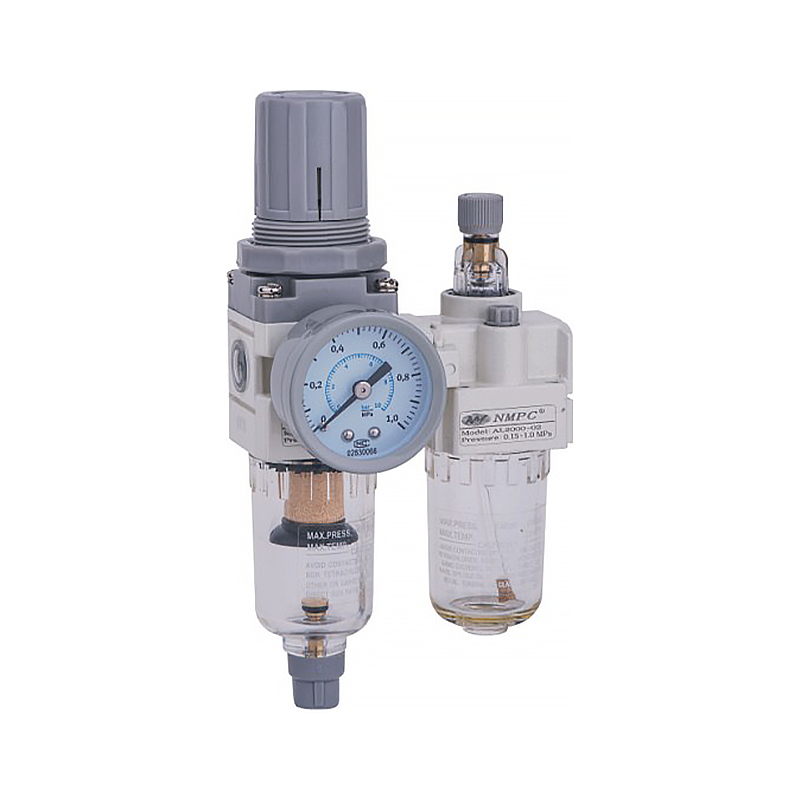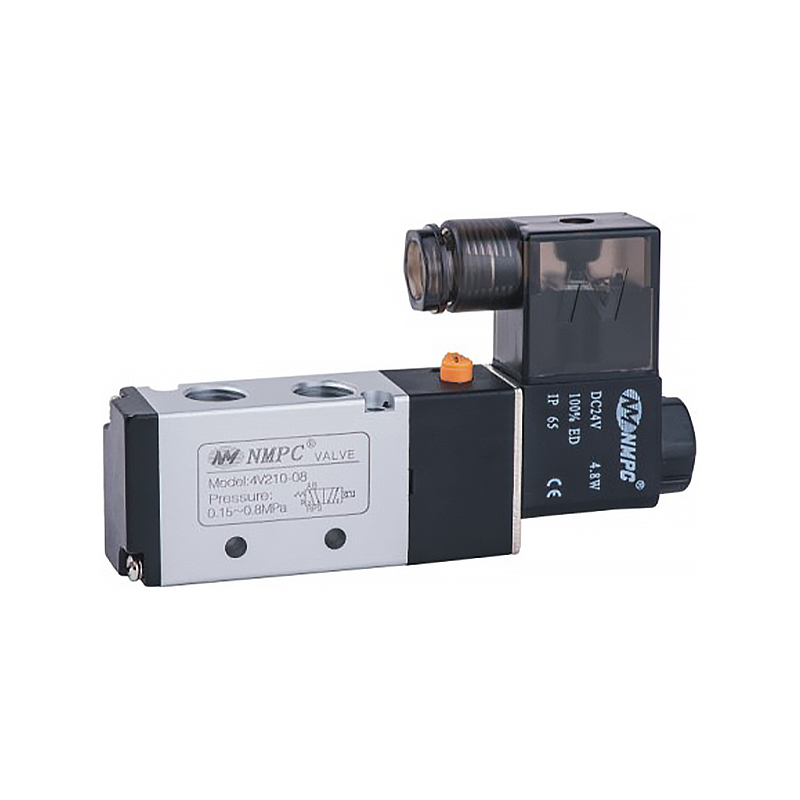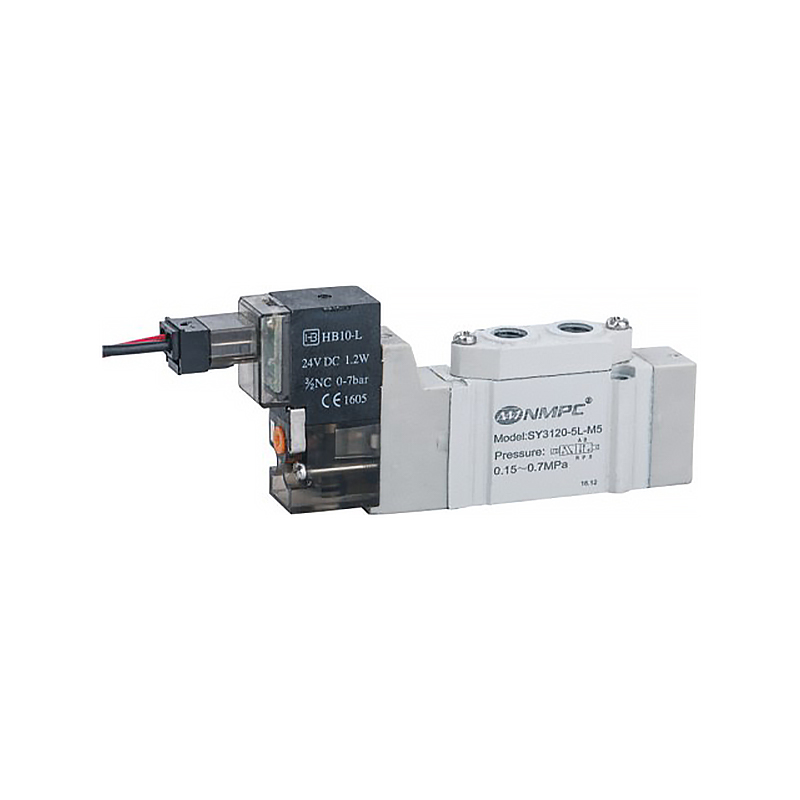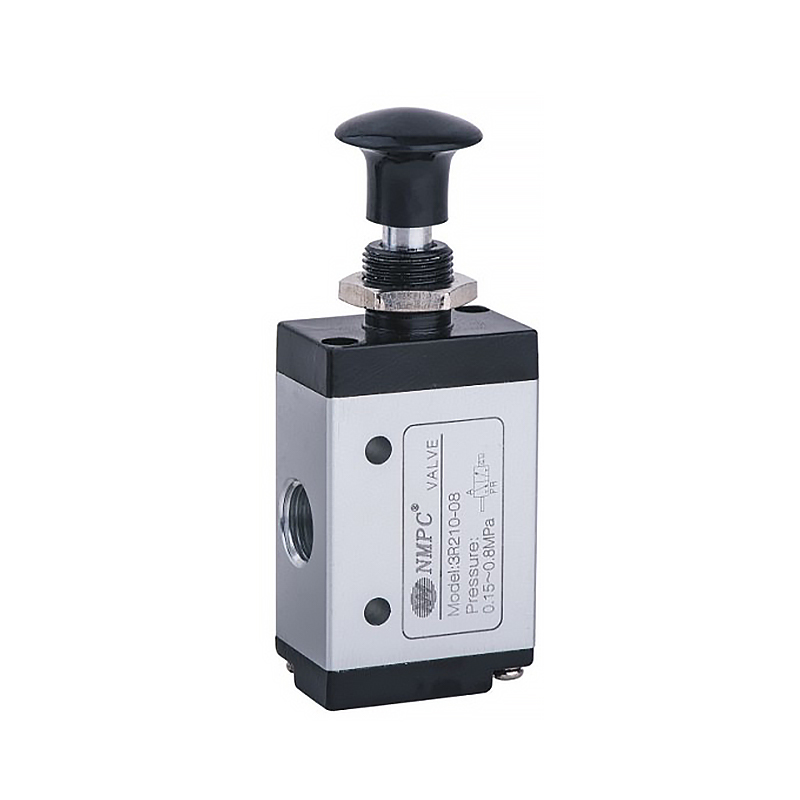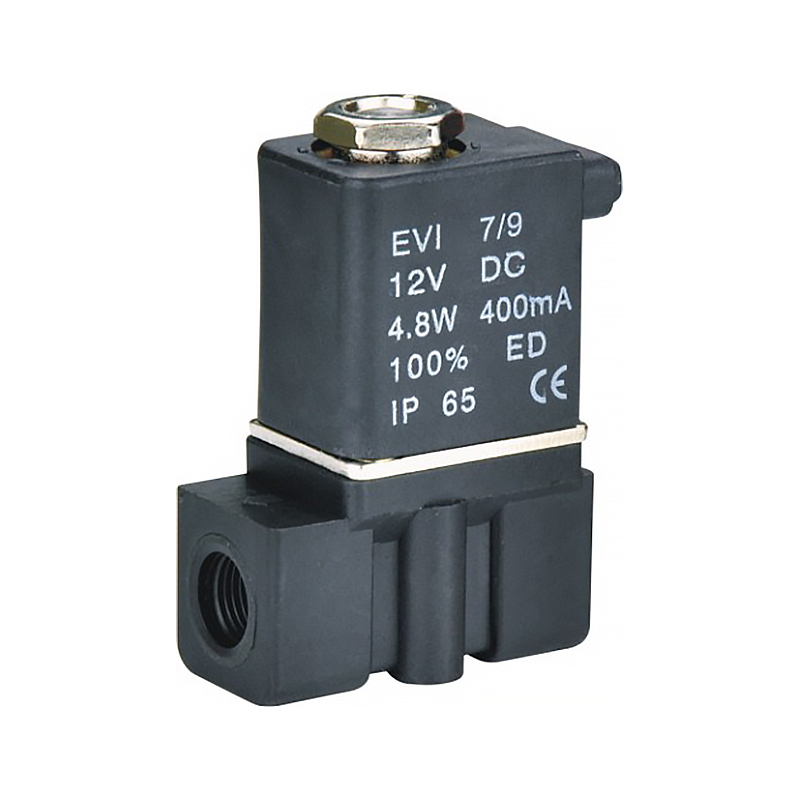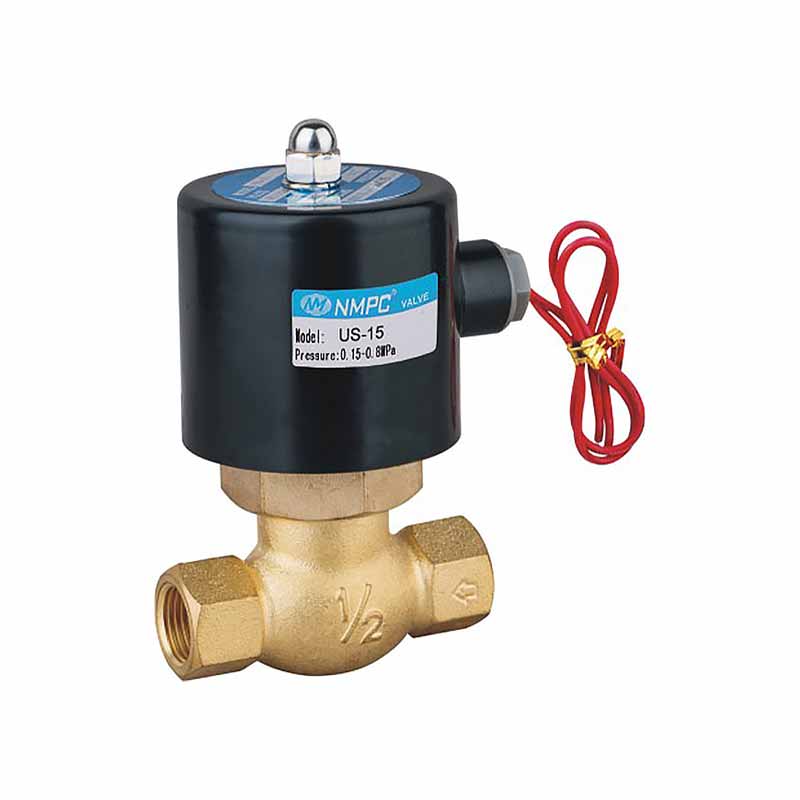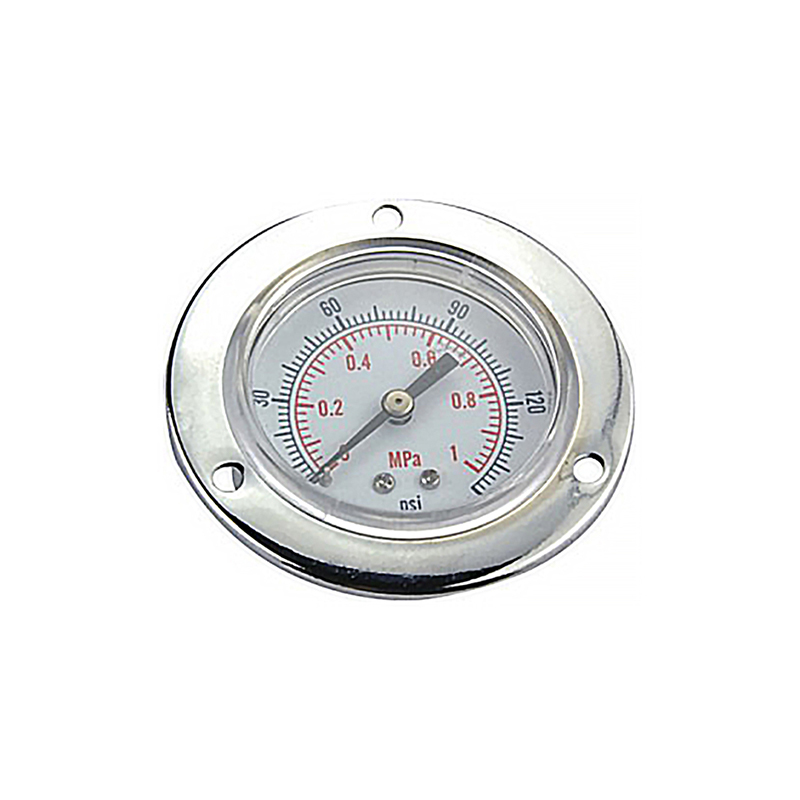Copyright 2022 © Ningbo Xinmadi Automation Technology Co., Ltd. All Rights Reserved.

Pneumatic lubricators introduce oil into the air stream to continuously lubricate valves, cylinders and air motors. They can be standalone units or part of a filter, regulator and lubricator (FRL) pre-conditioning the compressed air.
FRLs filter and regulate the compressed air to reduce contaminants, maintain consistent pressure, and set the optimal pressure to match the equipment operating manual. They also lubricate the air using an oil aerosol method to reduce wear and prevent corrosion on compressors, tools and system components.
The most common type of lubricator is an oil-fog or direct feed lubricator that injects 100% of the oil seen in its dome into the air stream. These atomized oil particles are affected by gravity and don't travel downstream very far, so this type of lubricator is typically located at or near the device to be lubricated and is best used where there is a straight pipe run from the lubricator to the air tool.
For more specialized applications, there are single-point or sight-feed lubricators. These use a reservoir with one end saturated with oil and capillary action pulls the oil through a porous bronze wick. Airflow strips oil from the wick and the ratio of the oil-to-air can be controlled by manually adjusting the capacity valve.


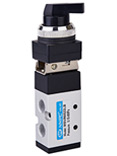
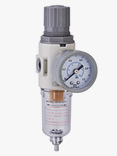
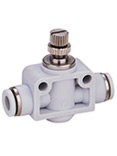
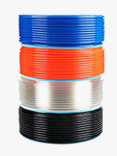
 简体中文
简体中文 English
English